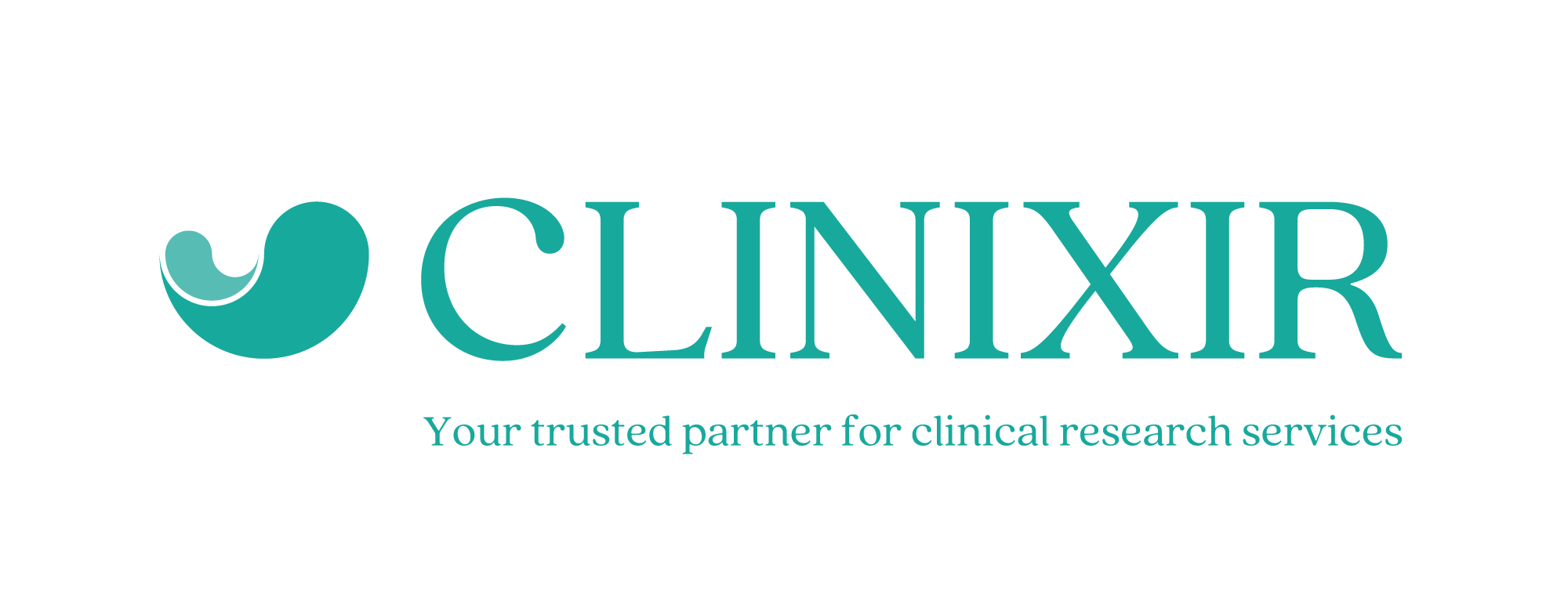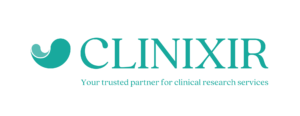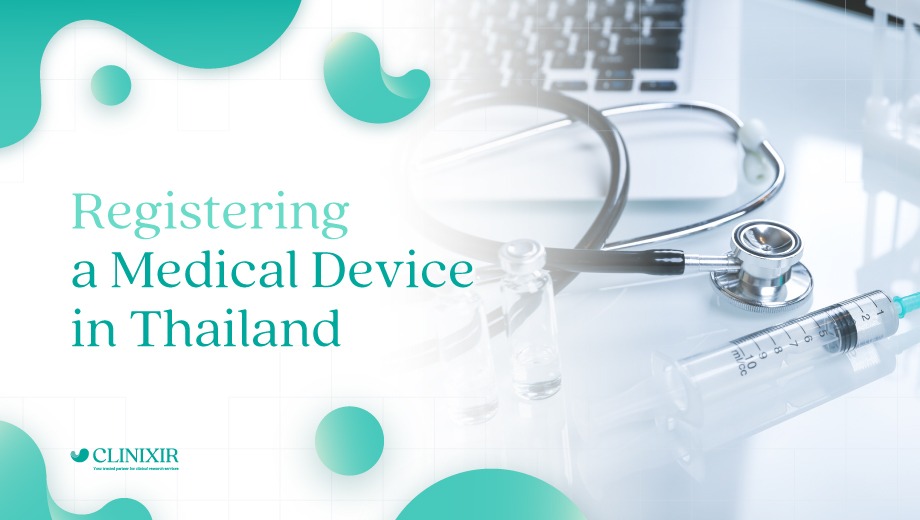Medical devices are a crucial component of contemporary healthcare all over the world. The evolution of this sector is largely attributable to an influx of cutting-edge digital technology that has expanded the capabilities of these devices. Phones, watches, and other wearable gadgets now have built-in features that go far beyond their original designs, even providing some basic medical features like heart rate monitoring. The trend toward increasingly capable medical devices is anticipated to continue as the public receives access to more sophisticated innovations.
Just as importantly, medical technology is becoming increasingly user-friendly, making it possible for everyone — not just trained healthcare professionals — to effectively use and understand it. As a result, regulatory organizations around the world are in a difficult position to assess whether their current frameworks for regulating medical devices are sufficient to ensure device performance and safety, even when operated by untrained users.
In order to better protect public health, guaranteeing that patients and consumers in Thailand can access high-quality and efficient devices, Thailand’s medical device regulations specifically stipulate what a medical device should provide or achieve. This article gives a practical definition of medical devices, before outlining Thailand’s regulatory requirements, and highlighting Clinixir’s medical device trial and registration services.
Definition of a medical device
The definition of a medical device under Thai law is largely consistent with international standards. Generally speaking, devices that include software and accessories used for the diagnosis, monitoring, prevention, or treatment of diseases fall under the definition of a medical device, provided that such devices do not achieve their primary intended action by immunological, metabolic, or pharmacological means.
In more detail, a medical device is any apparatus, appliance, implant, instrument, in vitro reagent, machine, product, software, or other item that is intended by the manufacturer to be used, either alone or in conjunction with other things or assembled with them, for any of the following specific purposes, such as dental practices, healing arts practices, medical technology practices, nursing and midwifery practices, veterinary practices, and physical therapy practices. Medical devices may also be classified for use in sustaining and supporting the lives of human beings and animals through the alleviation, cure, diagnosis, prevention, or treatment of diseases.
Conducting medical device clinical trials
Medical devices and experimental drugs typically follow a similar path with regard to human testing.
Before testing on humans can begin, a device prototype must go through numerous cycles of preclinical testing to guarantee that the final product has a safe and effective design. Moreover, researchers can assess medical devices at this stage using bench testing, technical testing, computer simulations, or animal testing, similar to preclinical pharmaceutical research.
Prior to FDA approval, an institutional review board must review and approve important study documents, such as the protocol and informed consent forms, especially for medical devices that must be tested in clinical trials. As with new drugs, the trial can only begin once the sponsor and the site or sites that will test the device have received all necessary approval notices.
Medical device clinical trial stages
Unlike pharmaceutical products, clinical trials for medical devices are broken down into stages rather than phases. Both types of interventions may typically go through a Phase 0, or first-in-human, study in which 10–30 volunteers are enlisted to gather preliminary safety and performance information. Only at this point will medical device trials frequently include just as many or more participants as drug trials.
Phases I and II are intended to test early formulations of a drug in up to hundreds of healthy individuals as well as patients with a particular condition. In contrast, the corresponding conventional feasibility stage of medical device trials evaluates the efficacy and safety of a nearly finished product in only 20 to 30 patients who have expressed interest.
When brand-new medications or medical devices reach Phase III, or the pivotal stage, they are further examined to verify and confirm their efficacy and safety. Additionally, unlike drug trials, which can use blinding and placebos, device trials frequently only use a control group that does not receive the intervention. When compared to pivotal stage studies for devices, Phase III studies for drugs can have hundreds to thousands of patients with the indication of interest.
At Phase IV, which is also known as the post-marketing surveillance stage, both types of interventions are continuously monitored for long-term safety and efficacy in the general population.
Medical device registration and regulatory processes
Medical device businesses (manufacturers, importers, and sellers) must have a thorough understanding of all applicable local laws in order to manufacture, import, or sell medical devices in Thailand. Such regulations are controlled by the Medical Device Control Division (MDCD) of the Thai Food and Drug Administration (TFDA).
Thailand divides medical devices into four risk-based categories (1-4) and strictly adheres to ASEAN MDD recommendations. Depending on how they are classified, medical devices must follow one of three registration processes in order to obtain an import license. Class 1 products will need to be listed; class 2 and class 3 products will need to be notified; and class 4 (the highest risk) products will need to be licensed. Factors affecting risk include the purpose of its use and indications, the level of expertise required of the medical device user, and the general impact and level of importance of the medical device’s information to individuals and public health.
Broadly speaking, applications for class 2-4 products must be submitted using the Common Submission Dossier Template (CSDT) format for Conformity Assessments under the new regulations, whereas class 1 Listed products need less documentation. The local registrant and license holder must also have an establishment license issued by the Thai FDA. Upon approval, medical device registration licenses are valid for 5 years. Renewal fees for registrations are currently set to be the same as those for initial registrations for classes 1–4. Furthermore, renewal fees are less expensive than initial registration applications for class 1 listings. When a product’s license under the old regulations expires after five years, it will be possible to renew it once with a partial application before having to go through a full re-registration.
How Clinixir can help sponsors conduct their medical device trial and registration
In the years ahead, we can expect medical devices to reach a heightened level of technological advancement. With these exciting new developments, however, come new rules and regulations — along with a heightened requirement for expertise and guidance.
To assist your company in navigating regulatory requirements and carrying out your medical device trials and registration, Clinixir offers industry-leading services. Our affiliation with Thailand’s top medical institutions, access to the country’s largest set of medical records, extensive regulatory knowledge, advanced research methods, and state-of-the-art technologies enable your organization to put reliable drugs, devices, and treatment methods on the market, maximizing your commercial output and providing a better quality of life for the general public.To find out how we can help you, contact us today.



